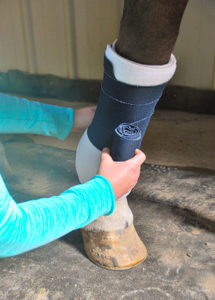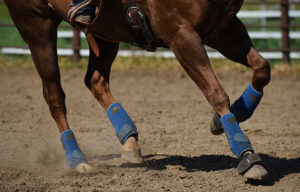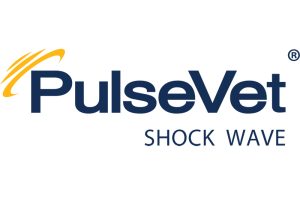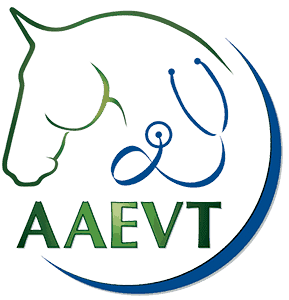Respiratory Disease Surveillance Study: Two-Year Results

In the study 95 veterinary practices in 23 states collected blood and nasal secretions from equids with acute infectious upper respiratory signs. For each horse, donkey, or mule with respiratory signs (including fever, depression, nasal discharge, coughing, or anorexia), veterinarians filled out a questionnaire and sent blood and nasal samples to UC Davis for PCR (polymerase chain reaction) analysis.
Of the 761 horses with clinical signs of acute respiratory disease from March 2008 to February 2010, 26.4% (201 horses) tested positive for one or more of four common respiratory pathogens: equine herpesvirus, types 1 and 4 (EHV-1 and EHV-4, respectively), equine influenza virus (EIV), and Streptococcus equi subsp. equi (strangles). Of these four, EHV-4 had the highest detection rate (82 cases), followed by EIV (60 cases), strangles (49 cases), and EHV-1 (23 cases). Fifteen of those 201 horses tested positive for two pathogens, and one was infected with three of the four.
The remaining 76.3% (560 horses) did not test positive via PCR for any of the four pathogens included in the study
Create a free account with TheHorse.com to view this content.
TheHorse.com is home to thousands of free articles about horse health care. In order to access some of our exclusive free content, you must be signed into TheHorse.com.
Start your free account today!
Already have an account?
and continue reading.
Written by:
Nancy Zacks, MS
Related Articles
Stay on top of the most recent Horse Health news with












